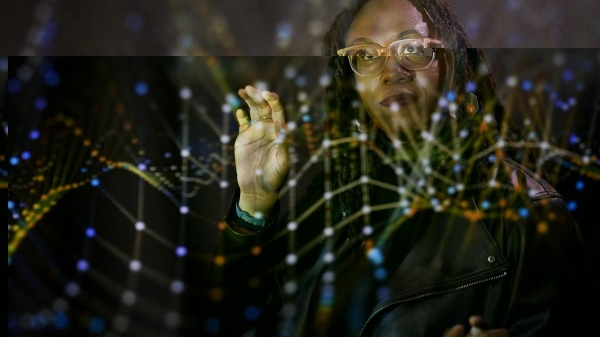Anthropologist weighs in on sexual preference, evolution
Evolutionarily speaking, homosexuality wouldn’t seem to be an inherited trait, since gay men don’t commonly procreate with women. So, why do androphilic men – males sexually attracted to males – exist in cultures worldwide? And how has the context of male homosexuality changed from our earlier human past?
A recent Pacific Standard article uses the work of Harvard University’s E.O. Wilson as the basis for exploring these issues.
Wilson offers a “kin selection hypothesis” as the reason for androphilic males keeping their genes in the pool. This proposes that gay men are altruistic towards straight family members, often staying close and acting as caregivers, and their genes, some of which are shared by the kin they help, are passed on.
Researchers have found that gay men in industrialized nations, such as Japan and the U.S., are no more altruistic than others. However, this might be because today’s gay lifestyles, such as same-sex couples setting up house together, differ from the scope of male androphilia in our distant past.
In several traditional cultures, such as Samoan, there are longstanding customs for androphilic males to act as altruistic kin helpers and to occupy third gender roles, wherein they take on women’s tasks, mannerisms and appearance. Some researchers suggest this is the “old way to be gay.”
ASU anthropologist Kim Hill was interviewed for the article and contributed insight into the hunter-gatherer Aché people of Paraguay.
“About three percent of the male population are blatantly cross-gender ‘panegi’ males who look, act and talk like females and do female activities,” notes Hill, a professor in the School of Human Evolution and Social Change in the College of Liberal Arts and Sciences.
Hill says that percentage has remained relatively constant for the last 50 years.
He also points out that, post-contact, panegis often step out of their assigned helper roles and move away from their kin group.
Article source: Pacific StandardMore ASU in the news

ASU celebrates new Tempe campus space for the Labriola National Data Center

Was Lucy the mother of us all? Fifty years after her discovery, the 3.2-million-year-old skeleton has rivals
